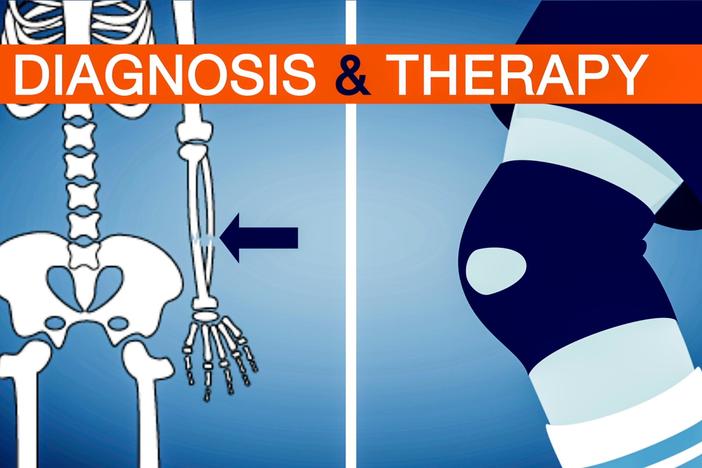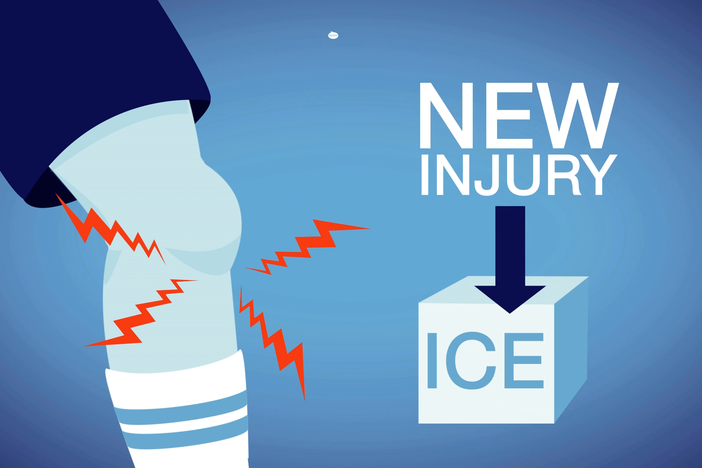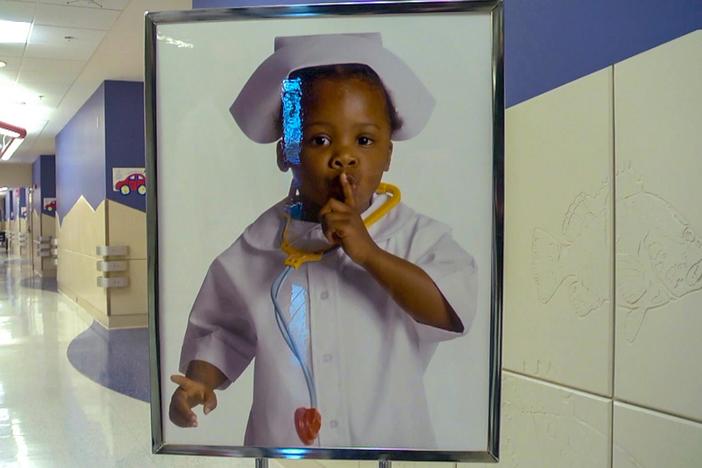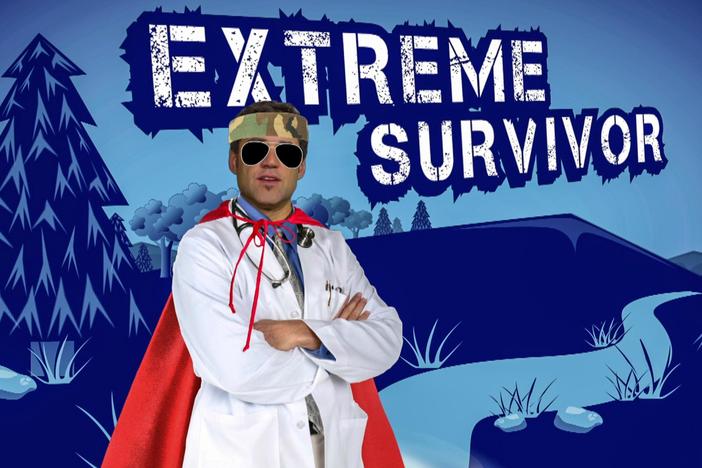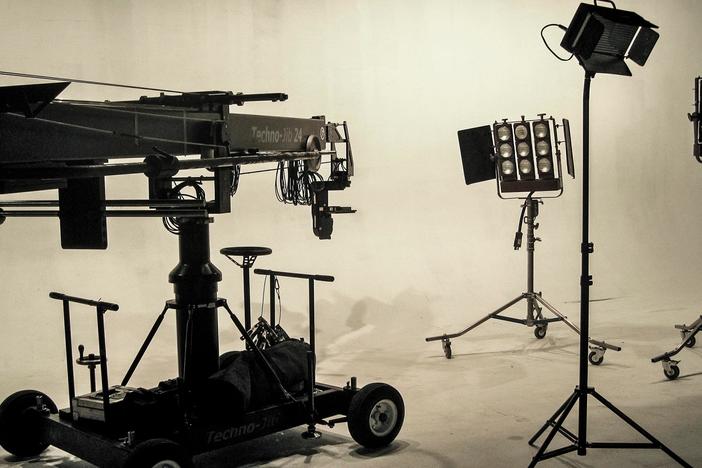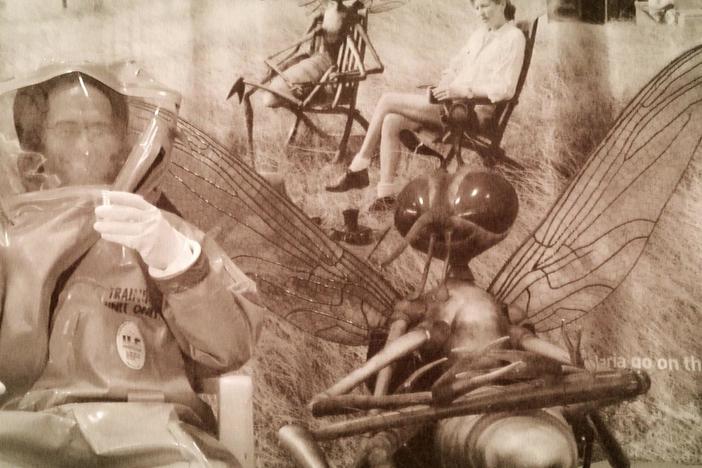Augusta University
We’re in Augusta to learn about careers in the medical field with a visit to Augusta University! Up first we meet a doctor specializing in wilderness medicine who was actually the first person in his family to go to college. Very inspirational! But if those years of medical school sound daunting to you, we also learn about being an athletic trainer, the field of nuclear medicine technology, and the artistic career of medical illustration.
Augusta University
We’re in Augusta to learn about careers in the medical field with a visit to Augusta University! Up first we meet a doctor specializing in wilderness medicine who was actually the first person in his family to go to college. Very inspirational! But if those years of medical school sound daunting to you, we also learn about being an athletic trainer, the field of nuclear medicine technology, and the artistic career of medical illustration.
Science
Design a device to illustrate practical applications of the electromagnetic spectrum (e.g., communication, medical, military).
Obtain, evaluate, and communicate information about nuclear changes of matter and related technological applications.
1. What are some of the benefits of having a medical college located within a hospital? What might be some of the drawbacks?
2. Why is wilderness medicine so challenging?
3. Shouldn't injured athletes be treated by doctors? Why aren't they on the field?
4. The idea that some people are left brain (more rational) or right brain (more creative) is largely believed to be a myth. But why do we all still believe it?
Anatomy: the study of the structure of living things
Nuclear: relating to energy that is created when the nuclei of atoms are split apart or joined together
Interim: a period of time between events
Chair: the most senior position in an academic department such as a college
Acute: very serious or dangerous : requiring serious attention or action
Chronic: continuing or occurring again and again for a long time; happening or existing frequently or most of the time
Soft Tissue: tendons, ligaments that connect, support or surround other structures and organs in the body
Spasm: is an involuntary contraction of a muscle
Left Brain/Right Brain: the left brain hemisphere is responsible for tasks that have to do with logic, such as in science and mathematics. The right brain hemisphere coordinates tasks that have do with creativity and the arts
Radiation: the process by which energy is released as particles or waves
-
Special Thanks
Christen Carter, Denise Parrish, Timothy Johnson, Bill Andrews, Carl Eubanks, Chris Novack, Ksenia Braswell, Lisa Branon, Michael Caudell, Mimi Owen
This content was developed under a grant from the U.S. Department of Education. However, this content does not necessarily represent the policy of the U.S. Department of Education, and you should not assume endorsement by the Federal Government.
